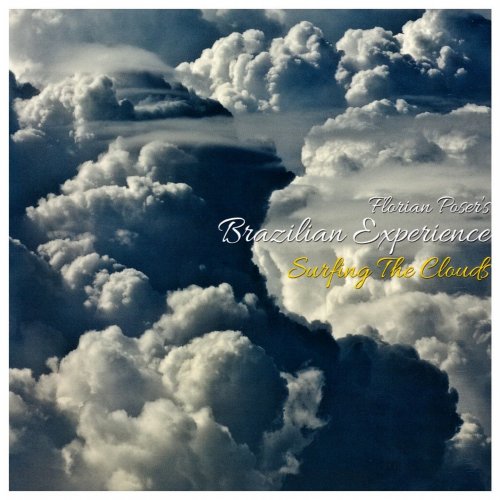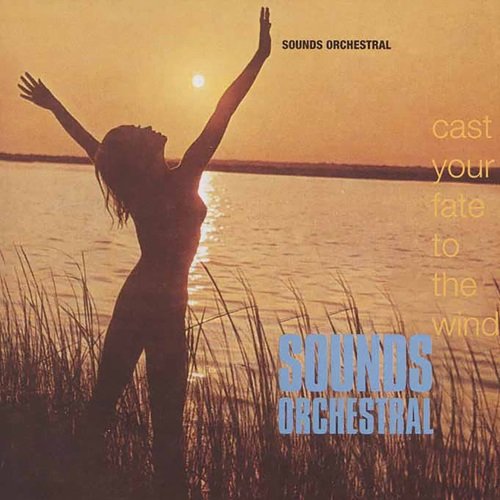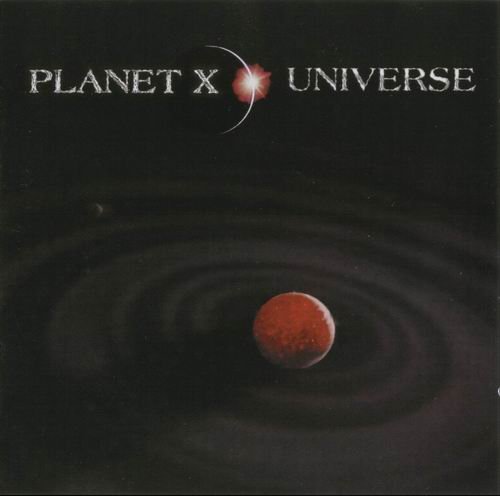Carlo Pignatta - Jean Absil: Guitar works (2025)
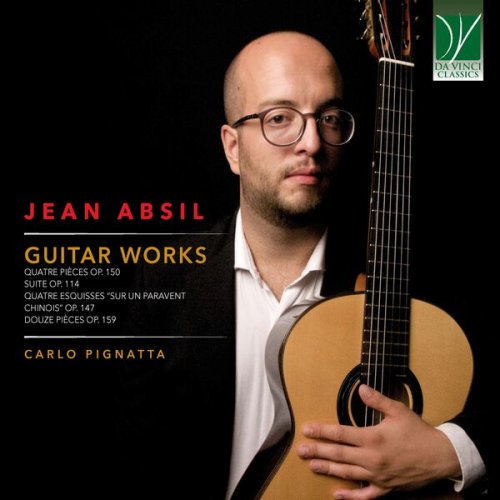
Artist: Carlo Pignatta
Title: Jean Absil: Guitar works
Year Of Release: 2025
Label: Da Vinci Classics
Genre: Classical Guitar
Quality: flac lossless (tracks)
Total Time: 01:13:06
Total Size: 315 mb
WebSite: Album Preview
TracklistTitle: Jean Absil: Guitar works
Year Of Release: 2025
Label: Da Vinci Classics
Genre: Classical Guitar
Quality: flac lossless (tracks)
Total Time: 01:13:06
Total Size: 315 mb
WebSite: Album Preview
01. Quatre pièces, Op. 150: No. 1, Barcarolle
02. Quatre pièces, Op. 150: No. 2, Scherzetto
03. Quatre pièces, Op. 150: No. 3, Romance
04. Quatre pièces, Op. 150: No. 4, Gigue
05. Suite, Op. 114: No. 1, Introduction et Pavane
06. Suite, Op. 114: No. 2, Sicilienne
07. Suite, Op. 114: No. 3, Gigue
08. Quatre esquisses, Op. 147 Sur un paravent chinois: No. 1, Boudha mistérieux
09. Quatre esquisses, Op. 147 Sur un paravent chinois: No. 2, Cortège du dragon
10. Quatre esquisses, Op. 147 Sur un paravent chinois: No. 3, Sampans sur le Yang-Tsé
11. Quatre esquisses, Op. 147 Sur un paravent chinois: No. 4, Danse de Piao
12. Douze pièces, Op. 159: No. 1, Prélude
13. Douze pièces, Op. 159: No. 2, Romance
14. Douze pièces, Op. 159: No. 3, Menuet
15. Douze pièces, Op. 159: No. 4, Berceuse
16. Douze pièces, Op. 159: No. 5, Cantilène
17. Douze pièces, Op. 159: No. 6, Invention
18. Douze pièces, Op. 159: No. 7, Tristesse
19. Douze pièces, Op. 159: No. 8, Sicilienne
20. Douze pièces, Op. 159: No. 9, Etude rythmique
21. Douze pièces, Op. 159: No. 10, Chameliers et Muezzins
22. Douze pièces, Op. 159: No. 11, Danse
23. Douze pièces, Op. 159: No. 12, Humoresque
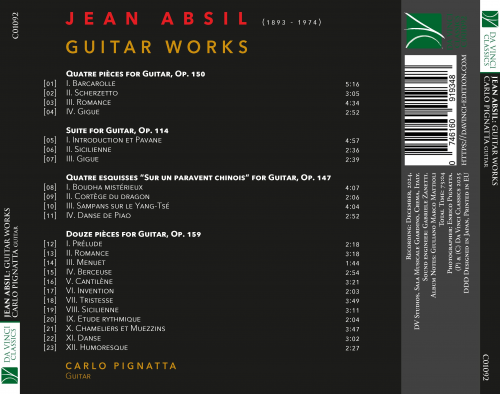
Jean Absil (1893 – 1974) was a Belgian composer, organist, and professor at the Brussels Conservatory. Born in Bonsecours in the Hainaut region of Belgium, he studied organ and harmony at the Royal Conservatory of Brussels before focusing on composition. Absil achieved early recognition by winning the Belgian Prix de Rome in 1922 and the Prix Rubens in 1934. The latter award enabled him to spend time in Paris, where he met prominent composers such as Darius Milhaud, Arthur Honegger, and Jacques Ibert. This international exposure greatly influenced his musical development. Absil′s career thereafter combined composition with pedagogy. From 1930 he taught harmony at the Brussels Conservatory, becoming a professor of counterpoint in 1936, and he later served as professor of fugue both at the Conservatory and at the Chapelle Musicale Reine Elisabeth. For over forty years he also directed the Etterbeek Music Academy (renamed in his honour in 1963), mentoring generations of young Belgian musicians, and in 1955 he was elected to the Royal Academy of Belgium.
As a composer, Absil was known for merging diverse stylistic currents into a personal modern idiom. His early works were influenced by late-Romanticism (notably Wagner and Richard Strauss), but by the 1930s he had embraced contemporary techniques. Absil synthesized elements of the French musical tradition with the innovations of Igor Stravinsky and Béla Bartók, along with polytonal, atonal, and even serial techniques, into a cohesive musical language. Despite his use of advanced techniques, his music remained remarkably lucid. Critics noted that the listener ′never suffers from an impression of tonal insecurity′ in Absil′s works: rather than traditional major/minor keys, he devised new scales or modes for each piece, from which emerged chords that still convey tension and resolution. He never adopted strict atonality; even when voices move independently, they ultimately converge to imply a unique tonal centre. This balance between modernism and clarity is a hallmark of Absil′s style, allowing him to explore progressive ideas while maintaining expressive directness. Throughout his long career Absil wrote in virtually every genre, from Opera and Symphonies to chamber music and solo piano works. In the 1960s he also turned his attention to the guitar, an instrument enjoying a Renaissance in concert music at that time. Between 1962 and 1972, Absil composed a series of pieces for guitar – both solo and duo – that expanded the instrument′s modern repertoire. For example, in addition to the works on this disc, Absil wrote Pièces caractéristiques (1964) and Petit bestiaire (1970) for solo guitar, as well as a Concerto for guitar and small orchestra op. 155 (1971), demonstrating a keen engagement with the guitar in his later years.
The present album features four of Absil′s solo guitar collections: the Suite pour guitare op.114, Quatre esquisses ′Sur un paravent chinois′ op.147, Quatre pièces op.150, and Douze pièces op.159. Each of these works offers a different perspective on Absil′s music, from neoclassical dance forms to evocative programmatic scenes and concise character studies.
Absil′s Suite pour guitare op.114, composed in 1963, was among his first works for guitar. It is conceived in three movements – Introduction et Pavane, Sicilienne, and Gigue – reflecting the influence of Baroque and Renaissance dance suites. The suite opens with a stately Pavane (an old court dance) that establishes an elegant, lyrical tone. The second movement, Sicilienne, is gentle and song-like, characterized by the lilting 6/8 rhythm of that pastoral dance. The finale is a lively Gigue in quick compound time, providing a spirited conclusion. While Absil adopts these classical forms, he treats them with a modern harmonic language: modal inflections and subtle dissonances enrich the traditional patterns. The polyphonic writing highlights Absil′s contrapuntal skill, yet the texture remains clear and idiomatic for the guitar.
In contrast to the abstract forms of the Suite, the Quatre esquisses ′Sur un paravent chinois′ op.147, are short programmatic pieces inspired by Chinese imagery. Composed in 1970, this set′s title translates to ′On a Chinese Screen′ referring to scenes depicted on a decorative folding screen. Each of the four sketches has a descriptive title: ′mysterious Buddha′, ′dragon′s procession′, ′sampans on the Yang-Tsé′, and ′dance of the Piao′. These titles suggest vivid visual and cultural references, which Absil translates into music. For example, the first piece, Boudha mystérieux, likely establishes a calm, meditative atmosphere with sonorous, sustained tones – evoking the reverence of a Buddhist shrine. Cortège du Dragon is rhythmic and dynamic, perhaps suggesting a ceremonial procession with bold, percussive chords. In Sampans sur le Yang-Tsé, Absil conjures a tranquil scene of boats drifting on the Yangtze River at dusk; flowing arpeggios and pentatonic-tinged melodies evoke the gentle motion of water and a distant song. The final sketch, Danse du Piao, depicts an energetic folk dance and brings the set to an animated close. Throughout the whole composition, Absil employs exotic modes and colourful harmonies to capture an Eastern ambience, yet the music retains his disciplined craftsmanship. Rather than mere pastiche, these pieces fuse imaginative atmosphere with the clear textures and modal logic characteristic of Absil′s style.
Also dating from 1970 are the Quatre pièces for guitar op.150, a collection of four short works each with a distinct character. Their titles – Barcarolle, Scherzetto, Romance, and Gigue – indicate a variety of moods and forms. The Barcarolle opens with a gently rocking 6/8 motion reminiscent of a boat song, its melody floating over undulating accompaniment. Next comes the Scherzetto, a playful miniature that features brisk rhythms and light staccato touches, showcasing the guitar′s agility and humour. The third piece, Romance, provides a lyrical contrast: a warm cantabile line sings over rich harmonies, allowing the guitar′s expressive voice to shine. Finally, Gigue closes the set on a vivacious note. This Gigue echoes the baroque dance form with its quick tempo and accented rhythms, but Absil infuses it with modern twists and syncopations. Across the Quatre pièces, Absil demonstrates his mastery of the miniature. Each movement focuses on a single affetto or style, yet together they form a satisfying suite of contrasting tableaux.
The Douze pièces pour guitare op.159, completed in 1972, are part of a more expansive collection comprising twelve miniatures for solo guitar. Many of the pieces are titled simply by tempo or character – for example, the set includes pieces marked Allegretto and Allegro moderato – implying that Absil conceived them as studies in contrast, each exploring a distinct tempo, meter, or technical challenge. Other pieces hint at classical forms (such as a Prelude or Dance), subtly tying the collection to tradition. Taken as a whole, the twelve pieces cover a broad expressive range: some are brisk and virtuosic, while others are slow and contemplative, delving into the guitar′s introspective voice. Absil′s writing here remains true to his late style – clear in texture and inventive in harmony. He continues to utilize polymodal scales and gentle dissonances, but always with an ear for the guitar′s idiomatic sound, ensuring that even complex passages lie comfortably on the instrument. There is arguably an educational aspect to these pieces (reflecting Absil′s lifelong role as a teacher). By traversing different keys, moods, and techniques, the Douze pièces can serve as useful studies for developing guitarists. Yet they are equally rewarding as concert miniatures, each one a brief but complete musical statement.
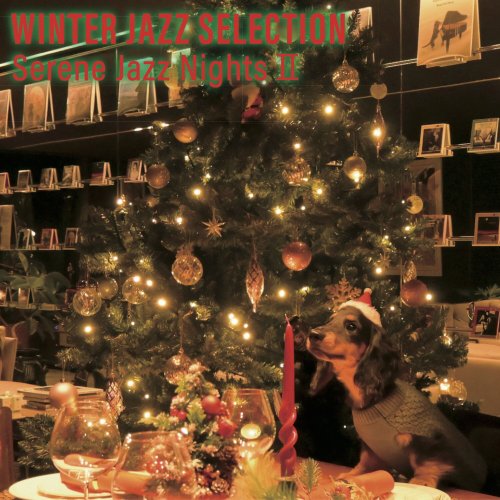

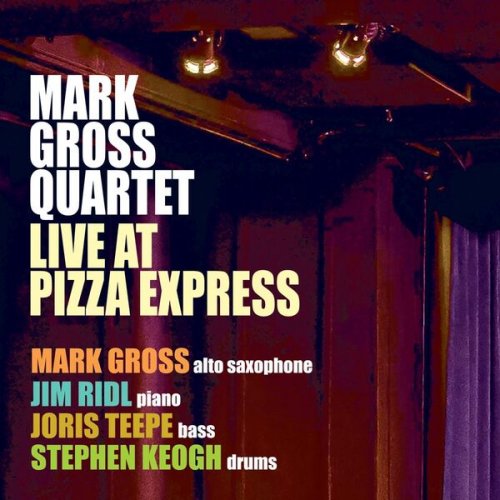
![Kenny Wheeler, Keith Jarrett, Dave Holland & Jack DeJohnette - Gnu High (1976/2025) [Hi-Res] Kenny Wheeler, Keith Jarrett, Dave Holland & Jack DeJohnette - Gnu High (1976/2025) [Hi-Res]](https://www.dibpic.com/uploads/posts/2025-12/1765627312_cover.jpg)
